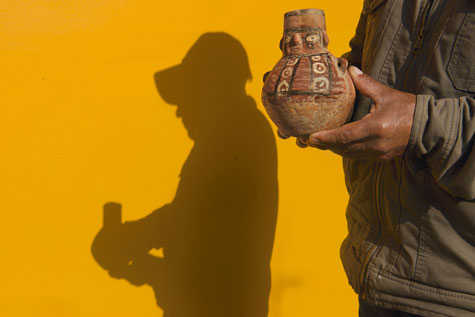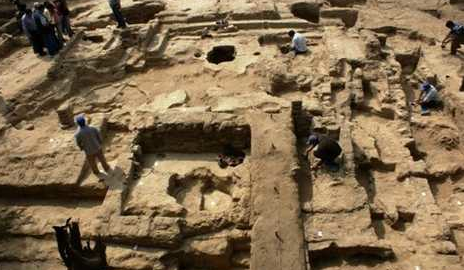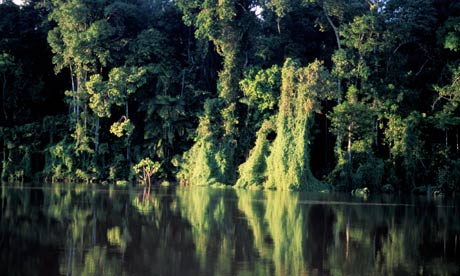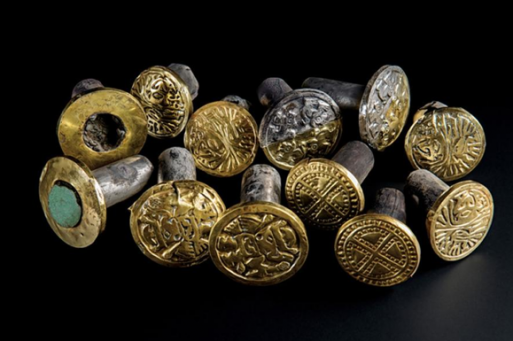
Credit: National Geographic
In 2013, archaeologists Milosz Giersz and Roberto Pimentel Nita uncovered an ancient Peruvian tomb. The odds were against their team – the site was believed to have been plundered, lost or simply nonexistent – but they left the expedition with a richer understanding of the region’s Wari people, particularly regarding their death and end-of-life traditions.
The Wari have been somewhat of a mystery to historians and archeologists. They took in a vast amount of territory along the Andes, with about 40,000 inhabitants, and scholars are still puzzled as to how they governed such an immense population. “The Wari rose to glory long before the Inca,” says National Geographic, “[and] in a time of repeated drought and environmental crisis. They became master engineers, constructing aqueducts and complex canal systems to irrigate their terraced fields.”
But what was important to the Wari when it came to death and end of life? There had been talk of a tomb down on the Peruvian coast, at a site called “El Castillo de Huarmey.” Looters had had their way with the area, “searching for tombs containing ancient skeletons decked out in gold and wrapped in some of the finest woven tapestries ever made.” Another expedition was considered a laughable waste of time, money and energy; “The serpent-shaped hill [that is the site] looked like a cross between the surface of the moon and a landfill site.”
However, University of Warsaw professor Milosz Giersz and his team came across an Andean gem: a completely unlooted, royal Wari tomb. National Geographic describes the experience of discovering the site:
“The faint outline turned out to be a massive maze of towers and high walls spread over the entire southern end of El Castillo. Inside were interred four Wari queens or princesses, at least 54 other highborn individuals, and more than a thousand elite Wari goods, from huge gold ear ornaments to silver bowls and copper-alloy axes, all of the finest workmanship.”

The Wari site at El Castillo de Huarmey, Peru.
(Credit: prensalibre.com)
Like the royal Egyptians, the higher-ranking Wari were buried with both precious and practical items — that meant everything from cutlery to gold jewelry. There were beautiful, woven textiles inside the tomb “that ancient Andean peoples valued more highly than gold” and “knotted cords known as khipus, used for keeping track of imperial goods.” Tombs like this, explains Giersz, were probably used for ancestor veneration (the importance of which became even clearer as Giersz discovered a throne at the tomb’s center). Family was everything – especially if you were royal. It was crucial to make your mark and do so with an extravagance that showed your standing. “You have to show that your ancestors are inscribed on the landscape,” explains National Geographic, “That’s part of Andean logic.”
You may enjoy:
- The Chinchorro Created Mummies Thousands of Years Before the Egyptians
- Traditional Burial Rites for the Maori
- Oaxaca, Mexico: The Contemporary Zapotec Funeral

 The Wari Tombs: Rich in Death and Burial Traditions
The Wari Tombs: Rich in Death and Burial Traditions




 “Help Me, Helen”
“Help Me, Helen”
 Recovering Cremation Remains After the Los Angeles Fires
Recovering Cremation Remains After the Los Angeles Fires
 “As Tears Go By” by Marianne Faithfull
“As Tears Go By” by Marianne Faithfull














